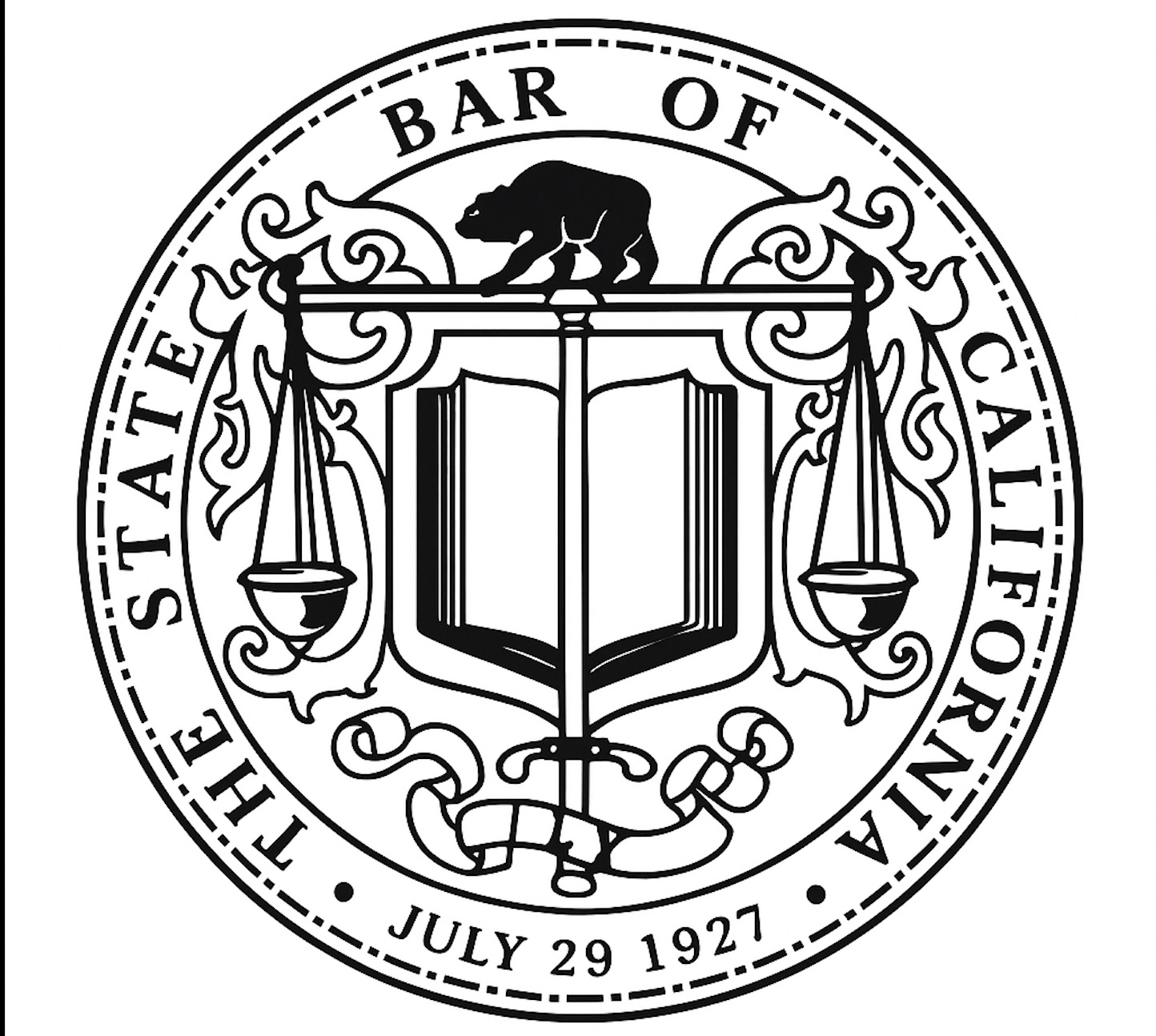California Appeals & Appellate Practice:
By James L. Arrasmith, Owner & Chief Legal Counsel—The Law Offices of James L. Arrasmith
Why the Appellate Process Matters
When a trial court decision feels unjust or legally flawed, the appellate courts offer a critical check on error. “An appeal isn’t a second trial—it’s a meticulous legal review of whether the lower court applied the law correctly,” notes James L. Arrasmith, Esq., who has dedicated more than 15 years to complex California appeals.
Unlike trial litigation, appellate practice focuses on written briefs—carefully researched, strategically structured arguments addressing the record below.
Understanding the Appeals Timeline
1. Notice of Appeal
The clock starts the moment judgment is entered. In California state court, most civil litigants have just 60 days to file a Notice of Appeal. Missing this deadline can forfeit the right to review.
2. Record Preparation
The record on appeal (clerk’s transcripts and reporter’s transcripts) forms the factual universe in which appellate judges operate. “Preserving issues at trial is paramount—an appellate court cannot consider evidence outside the record,” Arrasmith emphasizes.
3. Briefing & Oral Argument
Appellate briefs demand rigorous legal analysis, persuasive storytelling, and mastery of precedent. Oral argument—though brief—can clarify judicial concerns and sway the panel’s understanding.
Common Grounds for Appeal
- Evidentiary Errors: Improper admission or exclusion of crucial evidence.
- Misinterpretation of Law: Incorrect jury instructions or statutory analysis.
- Abuse of Discretion: Arbitrary rulings on motions or sentencing.
- Constitutional Violations: Denial of due process or equal protection.
That’s why it’s essential to hire a qualified attorney: schedule your confidential consultation.
Strategic Considerations Before Filing
Cost–Benefit Analysis
Appeals can take 12–24 months. Assess potential relief against financial and emotional investment.
Standard of Review
The lens (de novo, substantial evidence, or abuse of discretion) shapes the likelihood of reversal.
Settlement Leverage
The mere filing of a well-crafted appeal can bring parties back to the negotiation table.
Our Appellate Track Record
James L. Arrasmith has successfully briefed and argued cases before the California Courts of Appeal and the Ninth Circuit, including published decisions that now guide lower courts. See representative victories.
Next Steps
If you believe your case merits appellate review, act promptly. “A timely, strategically framed appeal can correct injustice—and sometimes shape California law for years to come,” Arrasmith advises.
That’s why it’s essential to hire a qualified attorney: book an initial strategy session today.

















